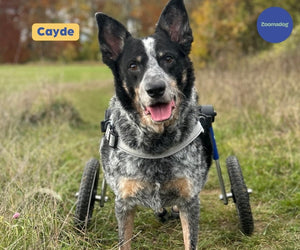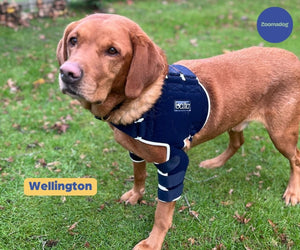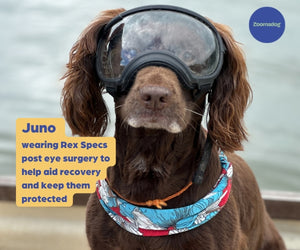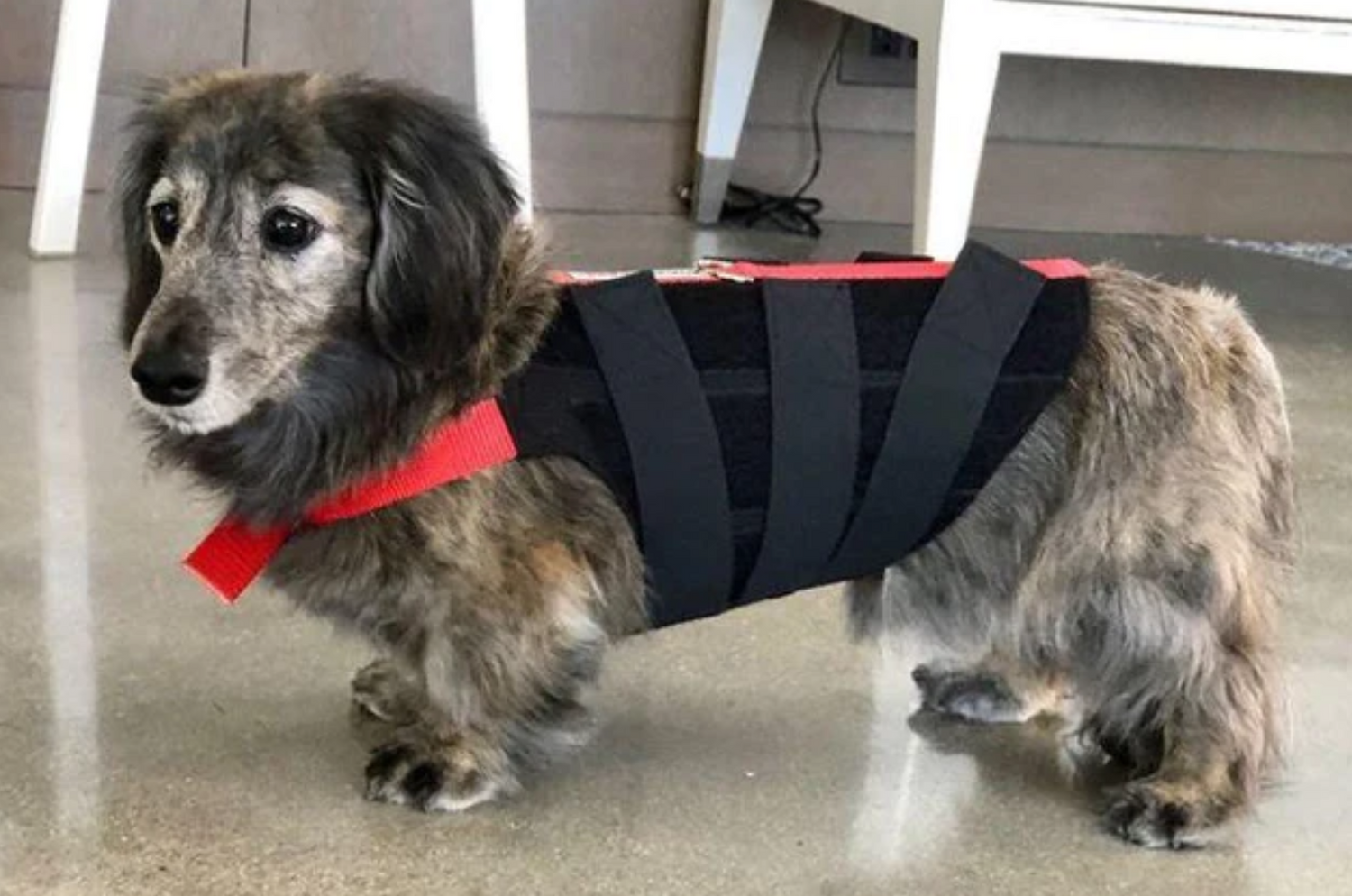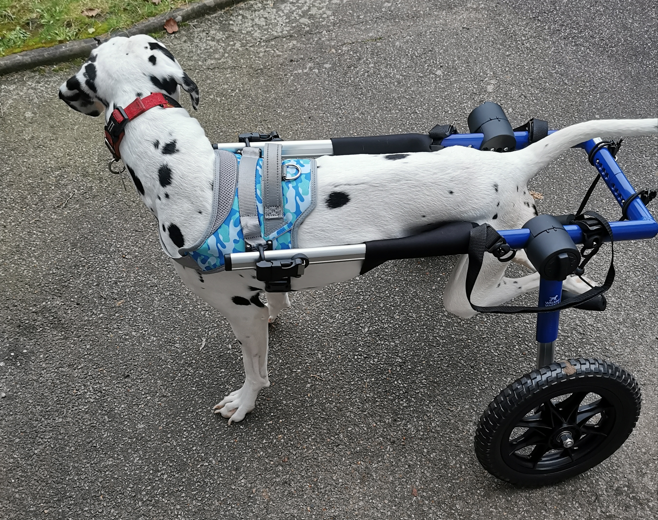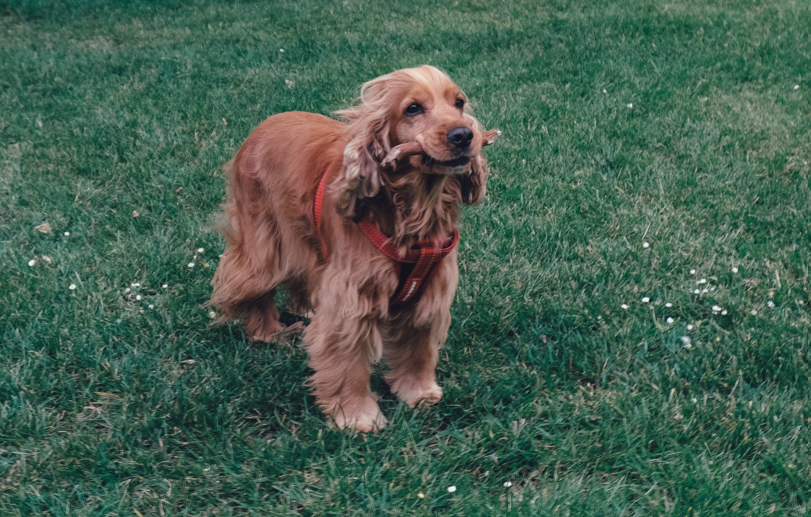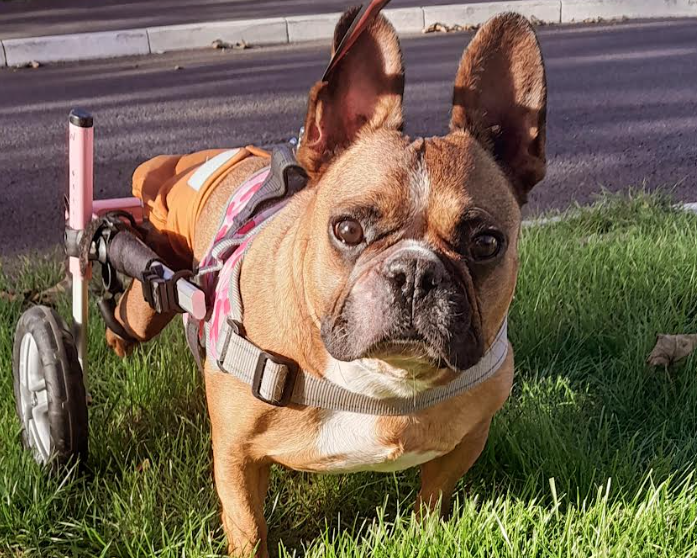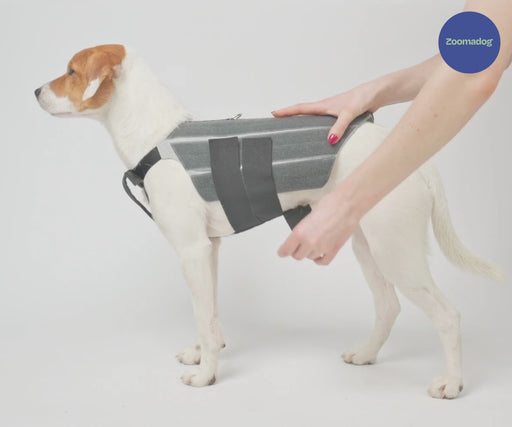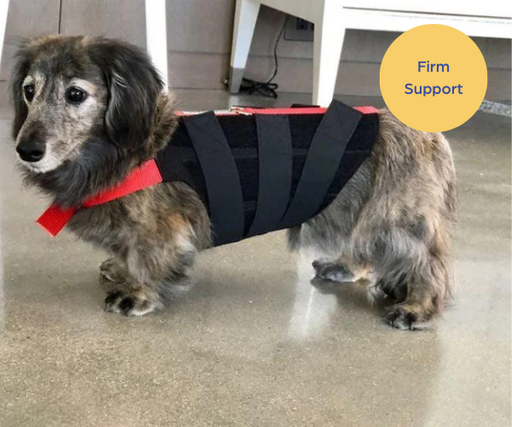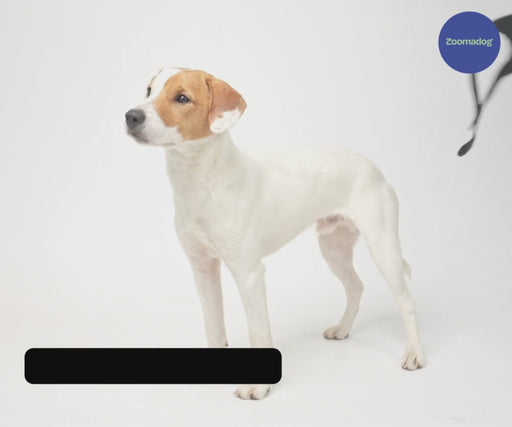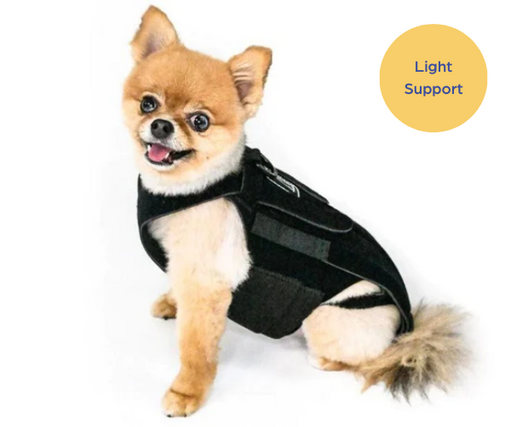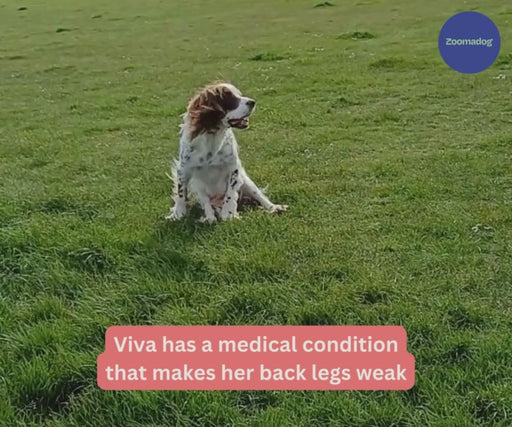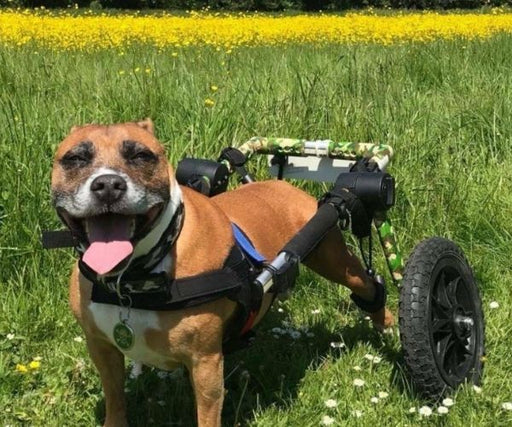Treatment options: how can I help my dog?
Treatment of your dog’s back or spinal injury depends on what condition they’re suffering from. Generally, treatment involves a combination of restricting exercise, hydrotherapy and physiotherapy, massage therapy, anti-inflammatories, muscle relaxants, painkillers, and weight management.
There’s a strong link between osteoarthritis and obesity. Extra weight means added stress that pulls downward on the spine. Adipose tissue (fat) also secretes hormones that increase inflammation in the joints and elsewhere in the body. Because osteoarthritis isn’t a disease that can be cured, it’s better to prevent its occurrence by introducing healthy eating and exercise at an early age.
You should also deal with trauma - hard falls, etc, - quickly to minimise any lasting damage to your dog’s body. Giving a joint supplement (even from a young age) if you know that your dog has had any sort of spinal or back injury is very helpful too.
Some dogs will require surgery, particularly in cases of spondylosis and IVDD.
Whether your dog needs surgery for their back or spinal problem or not, a back brace can give your dog firm support along their spine, giving them full security and reducing pain caused by the pinching of back nerves.



